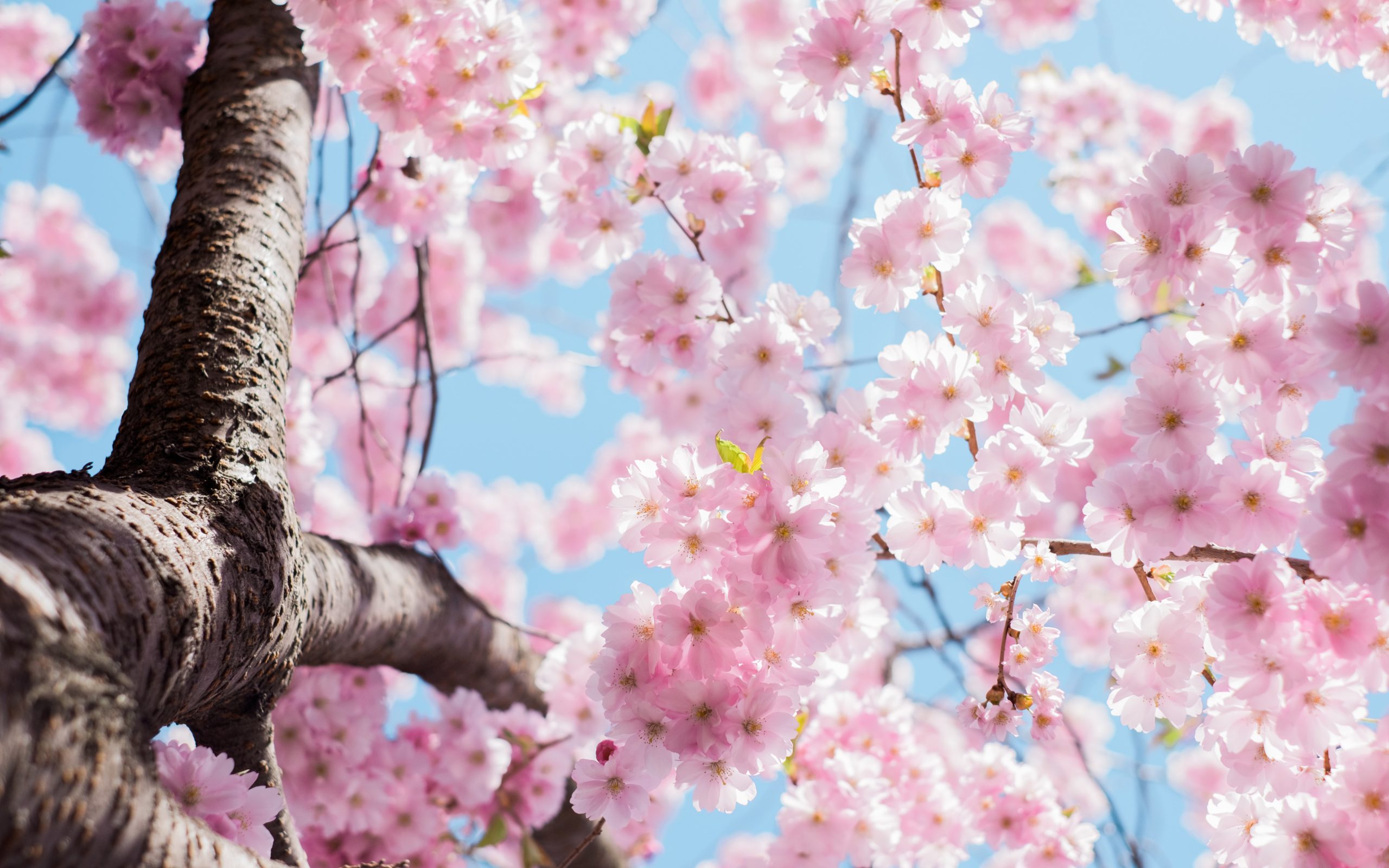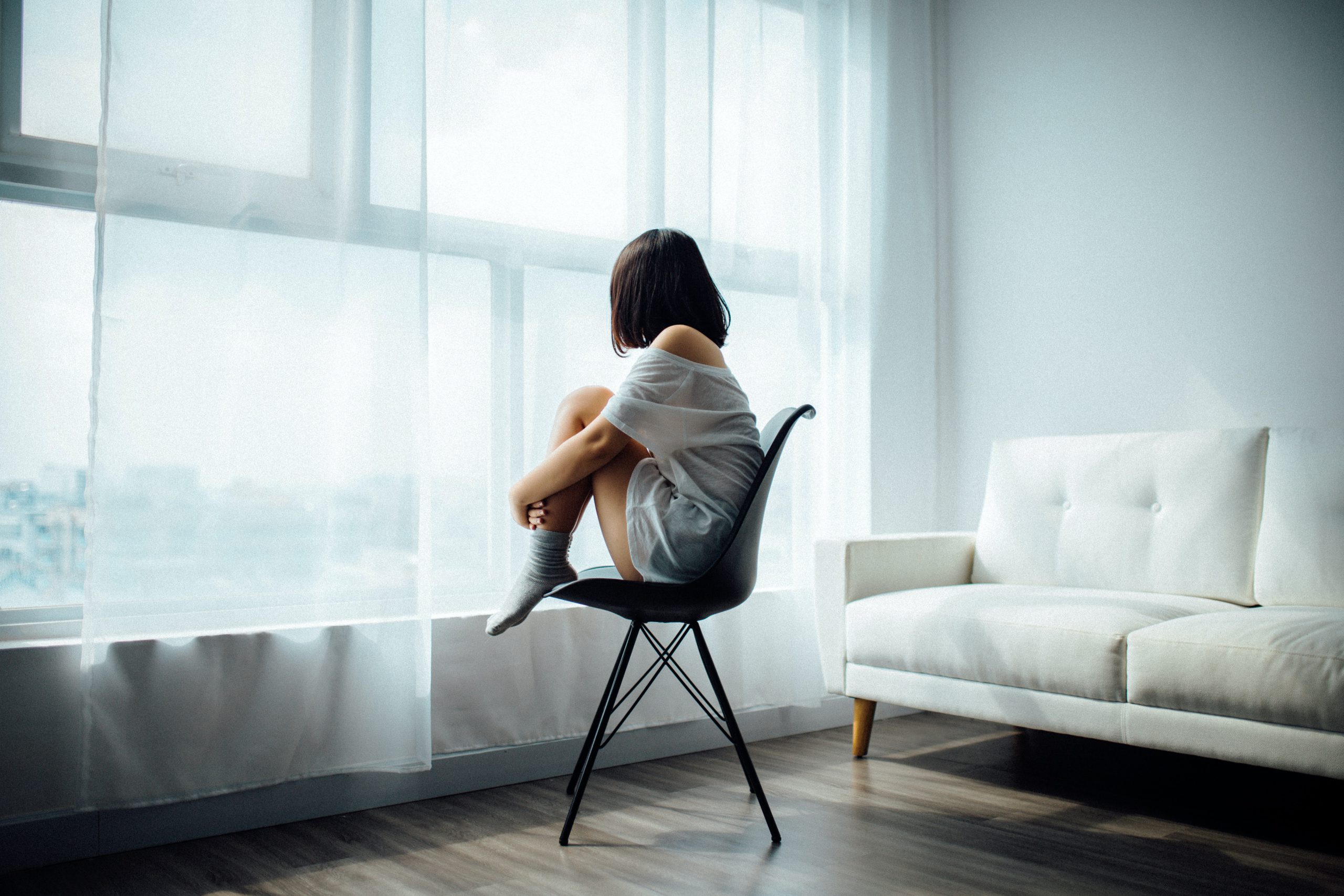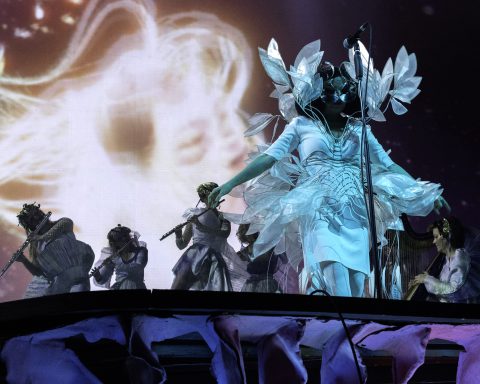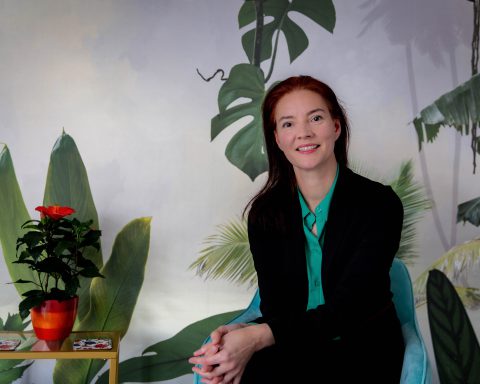Seasonal Affective Disorder – or a SAD poem:
Autumn is teasing me
She’s playing with my hair
Leaving it all scruffy
Then feeling, without care
She’s elusive, she’s subtle
She’s taking it slow;
She’s the slight crisp of morning
She’s the faint evening glow
Autumn is rustling
She needs to prepare
She’s kissing my skin
She’s flirting with the air
Poem by Samantha Lacey

There’s a lot to love about the changing of the seasons – especially autumn into winter: the colours, pumpkin lattes warming our frost-bitten hands and hearts, excuses to wear oversize scarves, the twinkling lights of the Christmas tree.
But what about when those lights flicker and fade, or go out completely? When we struggle to find the light, as the days grow shorter and the sun shies away?
Seasonal Affective Disorder (SAD) is a type of depression triggered by the changing of the seasons, most commonly beginning in late autumn, and peaking in January and February.
There are thought to be many possible causes for SAD – biological, chemical, even genetic. There also is no magic cure. Antidepressants may be prescribed, light therapy recommended, and one should get out into the fresh air, exercise, eat healthy.
But what about poetry? The notion of poetry as therapy may seem strange to those who don’t find solace in the words of poets, or relief by expressing an emotion in meter or metaphor.
Poetry is therapeutic, though. In Dante’s time, books were sold in pharmacies – literature as medicine.
Medicine has an anesthetic relationship with pain – it wants to rid the patient of it. Poetry’s relationship is aesthetic – it wants pain to speak.
It was researcher Dr. Norman Rosenthal who first coined the term “Seasonal Affective Disorder,” having also pioneered the use of light therapy for its treatment. He now suggests the use of poetry as a means of therapy, believing that it has the power to comfort, soothe, inspire, and even heal.
Poetry can benefit not only emotional health but physical health too, even if just by providing a better night’s sleep. It can reduce stress and thereby pain in many ways.
A study co-authored at a Max Planck Institute in Frankfurt found that when listening to poems, participants showed emotional responses such as goosebumps, chills, and even changes in the brain’s reward circuitry. Reading poetry can help validate personal feelings, and writing poetry can help express them.
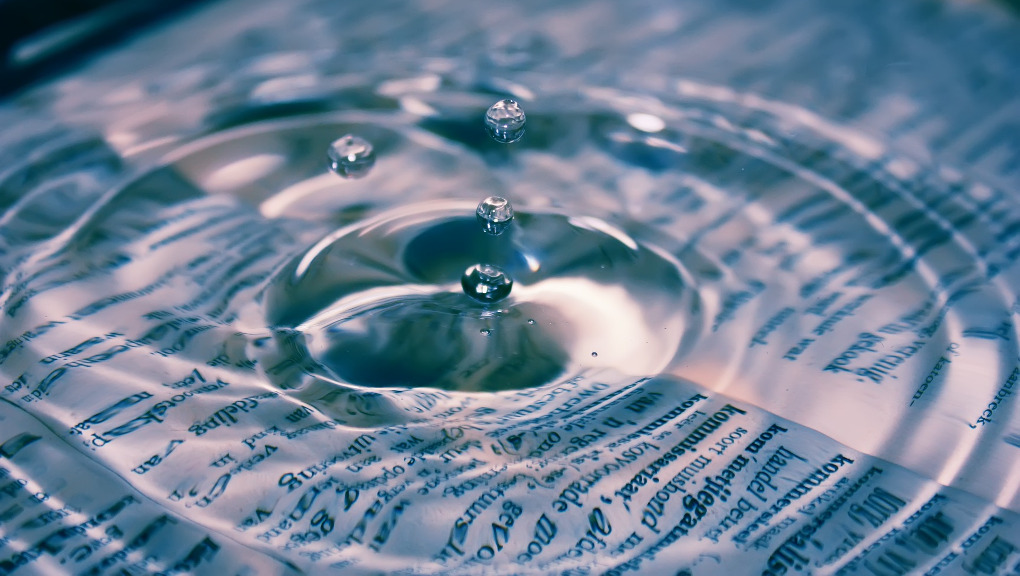
Emily Dickinson, one of America’s greatest poets, is believed to have suffered from SAD. She lived at a time when there was no real understanding of mental illness, and no language in which to describe and interpret pain.
Dickinson used her poetry to create metaphors, often centered around death and winter. Since winter meant death and summer life to her, she had to write almost all her works in the warm months, whereas “There is a certain slant of light on winter afternoons that oppresses, like the weight of cathedral tunes.”
In his book Good Poems for Hard Times, Garrison Keillor explains, “The meaning of poetry is to give courage. It is meant to poke you, get you to buck up, pay attention, rise and shine, look alive, get a grip, get the picture, pull up your socks, wake up and die right.”
One of the poems he selected is by John Keats:
After dark vapors have oppress’d our plains
For a long dreary season, comes a day
Born of the gentle South, and clears away
From the sick heavens all unseemly stains.
The anxious month, relieved of its pains,
Takes as a long-lost right the feel of May;
The eyelids with the passing coolness play
Like rose leaves with the drip of Summer rains.
The calmest thoughts came round us; as of leaves
Budding—fruit ripening in stillness—Autumn suns
Smiling at eve upon the quiet sheaves—
Sweet Sappho’s cheek—a smiling infant’s breath—
The gradual sand that through an hour-glass runs—
A woodland rivulet—a Poet’s death.
This sonnet serves as a reminder that everything will pass. It affirms that moods change, and light inevitably follows darkness.
As Richard Lackman writes in his poem October Leaves, “following the darkness and the cold, if I can my own darker moods defy, will then the flowers of spring at last unfold.”
